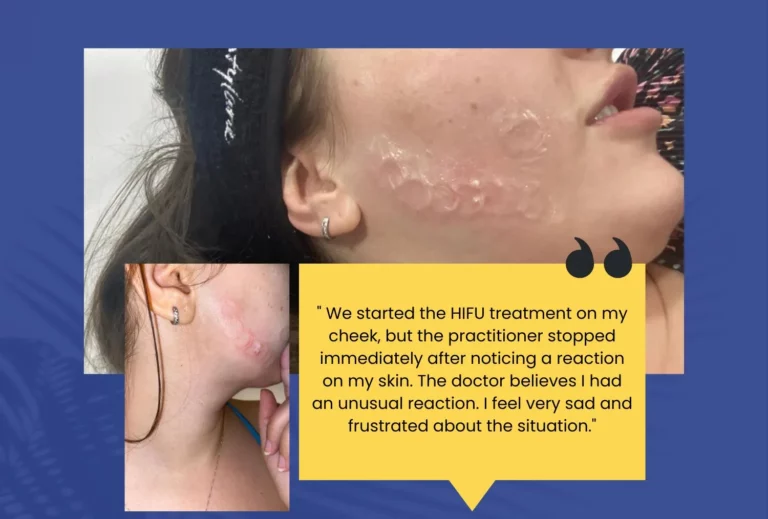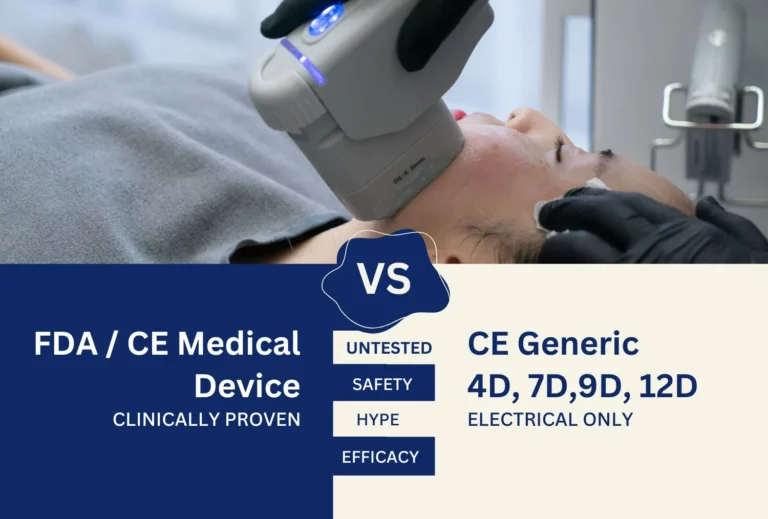In recent decades, the way we perceive aging has completely changed. Where once white hair and wrinkles were a sign of experience and wisdom, they are now perceived as a “flaw.” This is due not only to cultural attitudes, but also to the enormous influence of advertising and social media.
They build new standards of beauty, in most cases unattainable and sometimes unrealistic, which directly affect our self-esteem and decisions about our appearance.
How advertising shapes perceptions of youth and beauty
The advertising industry has always played a key role in how we perceive our bodies and faces. Every new cosmetic line, procedure, or rejuvenation device is presented as a “revolution” that can stop time.
- Promises of quick results. With "10 years younger after just one procedure."
- Focus on the ideal, not the realityThe advertisements show faces without a single wrinkle, without pores, without signs of fatigue.
- Creating a “need”. The suggestion that aging is a problem that needs to be solved, not a natural process.
This creates a feeling that youth is something we must retain at all costs.
Social networks – the new “mirror standard”
While ads work on a subconscious level, social media is only adding to the pressure. Instagram, TikTok, and Facebook are full of photos of “perfect” faces, treated with filters or professionally retouched.
- Filters and effects – create the illusion of flawless skin and a rejuvenated appearance.
- Influencers as authorities – they advertise therapies and products by creating a sense of accessibility and necessity.
- Comparison with others – people begin to compare their reality with online illusions, which leads to dissatisfaction and low self-esteem.
Ultimately, instead of social networks being a means of communication, they become a source of pressure and unrealistic expectations.
Where is the line between inspiration and pressure?
Of course, social media and advertising aren't all negative. They can inspire people to take better care of themselves, try new therapies, or follow a healthier lifestyle.
The problem comes when this motivation turns into pressure.
Instead of motivating us, online advertising and content can suggest that aging is a “failure.” This breeds anxiety, dissatisfaction, and ill-considered decisions about expensive or inappropriate procedures.
In addition to visual images and social media influencers, promotional campaigns also have a strong influence. Offers of “exclusive prices only now” or “discount packages” can create a sense of urgency and push us to make a decision we are not ready for. This is especially dangerous when it comes to aesthetic procedures, which require careful selection and an individual approach.
Here the question arises: Where is the line between inspiration and pressure? Do we make the decision out of real need and awareness, or out of fear of missing out on a “good offer”? It is this delicate balance that is key to the difference between beneficial self-care and a hasty step that can bring us disappointment.
The reality: there is no one-size-fits-all approach to aging
Every body and every skin is different. What works for one person may not have the same effect on another.
Aging is an individual process that is influenced by:
- genetics
- lifestyle
- nutrition
- health and skin care
No single procedure or product can provide a one-size-fits-all solution. That’s why it’s important to look at every solution as a personal choice, and not as a "mandatory step".
How to consciously approach self-care
To stay balanced in this information- and advertising-laden world, we can ask ourselves a few key questions before making a decision:
- "Do I really need this or am I just following a trend?"
- "Will I feel better about myself after this change?"
- "Does my choice reflect my personal desires or the expectations of others?"
- "Isn't the promotional price tempting me to do something I wouldn't otherwise choose?"
These simple questions help us choose procedures or products that truly suit us, instead of following other people's standards.
To age in harmony with ourselves
Aging is a natural part of life. No matter how much advertising and social media might convince us otherwise, there is nothing “wrong” about having the marks of age.
Beauty can be in confidence, in smiles, and in the peace we carry with us. Procedures and care are just a tool. The true value comes from that how we feel inside.
Conclusion: In a world where beauty is measured by filters and likes, it's important to stay connected to your own values. Aesthetic procedures can be a great tool for self-care and self-esteem, as long as we choose them consciously and for ourselves, and not because an advertisement, someone else's opinion, or a temporary "promotion" convinces us that we "should." True beauty is where caring for our appearance and respecting our inner world meet.



